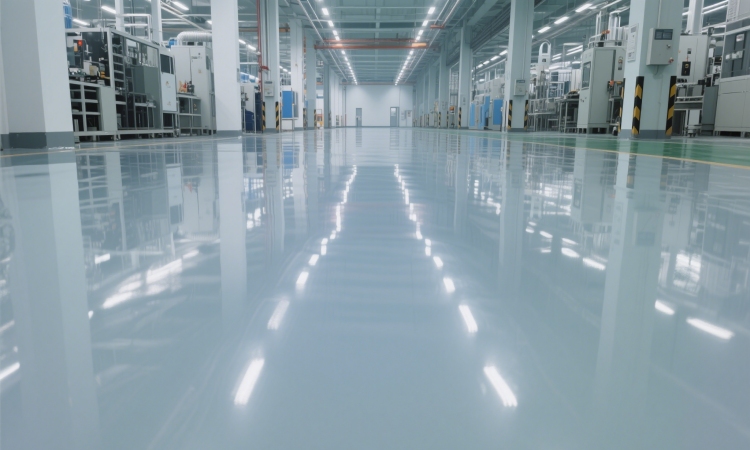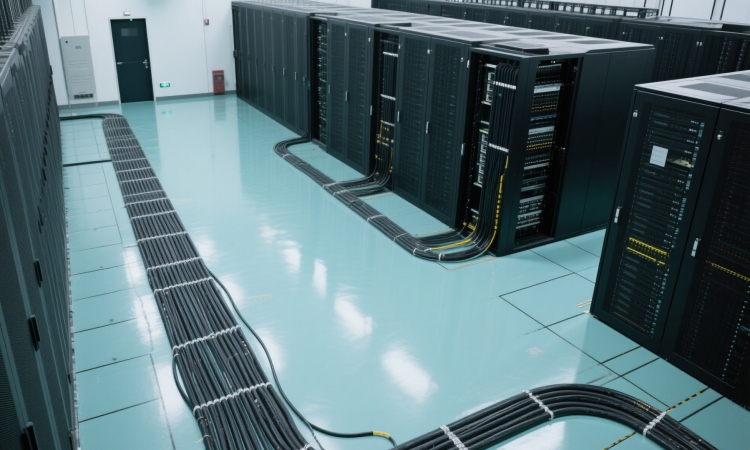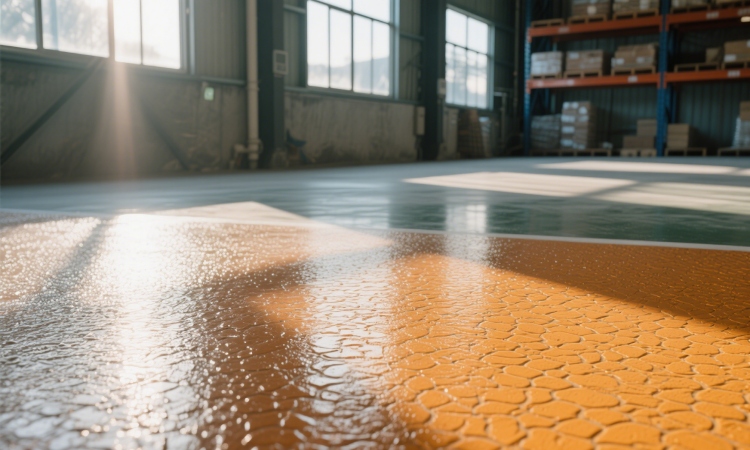The Fun and Fascinating Pros and Cons of Horizontal Cement Silos!
Horizontal cement silos come with some pretty amazing installation advantages. They feature a multi-leg support system, eliminating the need for complex concrete foundations. All you need is a simple ground hardening, and you're good to go! This not only saves a ton of time but also cuts down on costs. Plus, with an average height of just around 2.9 meters, these silos are perfect for fitting into tight spaces like factories or other limited areas without having to dismantle any roof structures. Their low-profile design also reduces the need for external packaging, further lowering usage costs.
When it comes to transportation and usage, horizontal cement silo tanks really shine. Their compact structure makes them ideal for loading onto trucks or trailers, allowing for quick and easy movement between different construction sites. This is especially great for projects that require frequent relocation. Made from steel welding, these silos offer excellent airtightness, effectively preventing cement from getting damp and stopping dust from escaping. They're also eco-friendly! And the best part? Horizontal cement silos can be customized to store a variety of materials, making them versatile enough to meet the needs of not just cement storage but also food, chemical, and coal industries.
However, there are a few downsides to horizontal cement silos. For one, they can sometimes struggle with uneven material distribution during filling, which might interfere with the installation and operation of level sensors and other monitoring devices. Additionally, these silos usually come with just one screw conveyor, which can easily clog at the outlet, especially when dealing with high-moisture or fine-grained materials. This can significantly impact the efficiency of material discharge. Being horizontally placed, they also take up a relatively large footprint, which might not be ideal for sites with limited space. Moreover, cleaning and maintenance can be a bit tricky and require extra care to avoid damaging the silo structure. Zhongtai Company specializes in manufacturing various metal silos. It has rich experience in design, production and manufacturing within the industry.



 .
.




